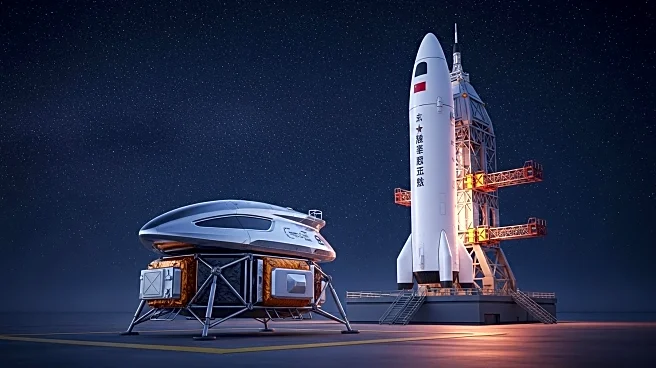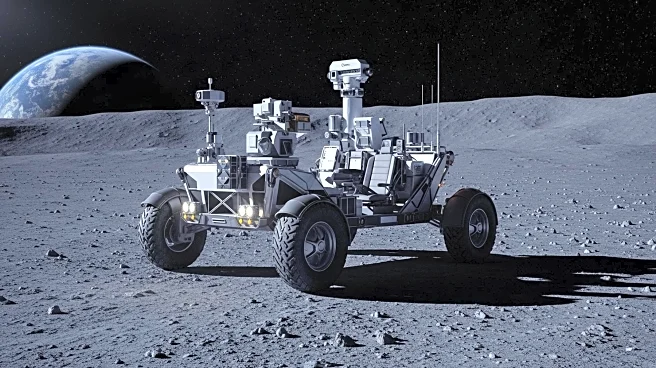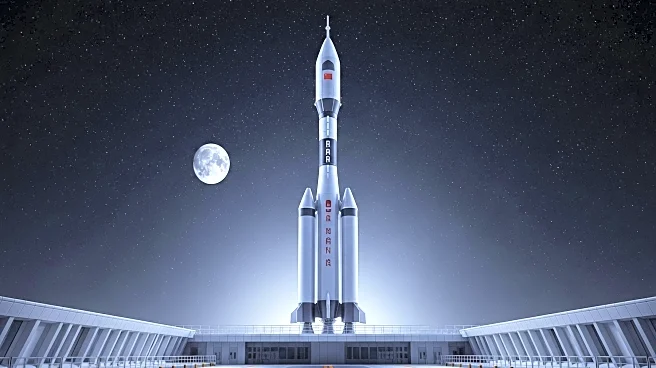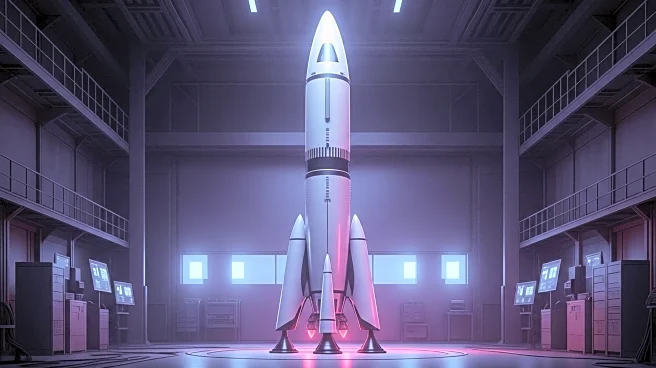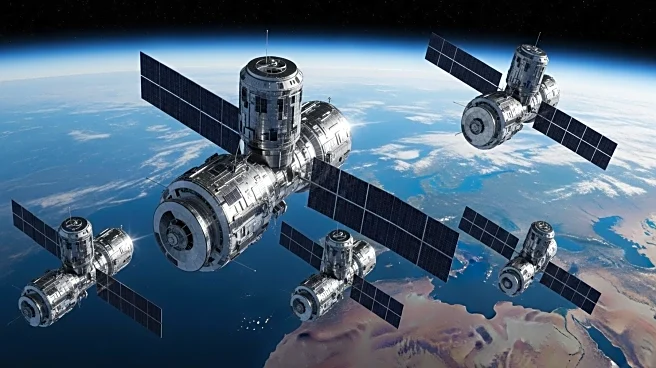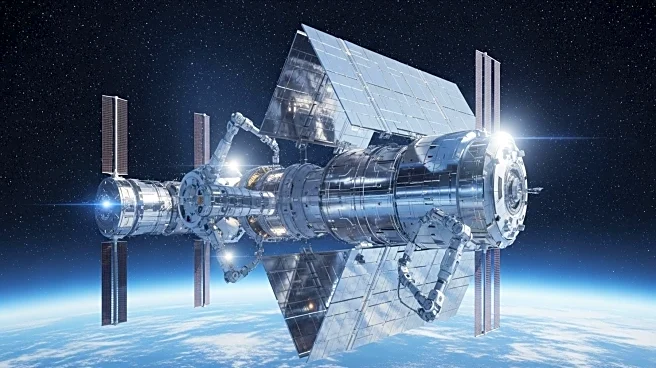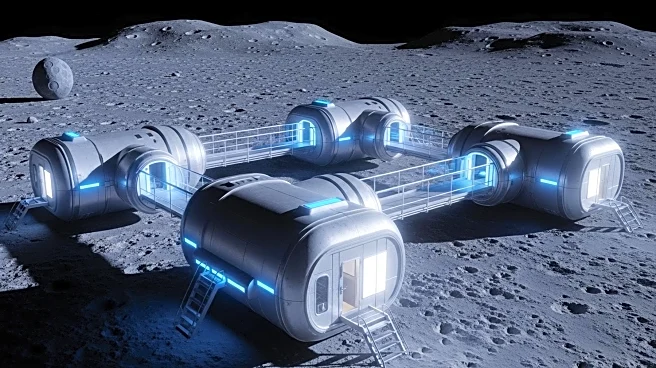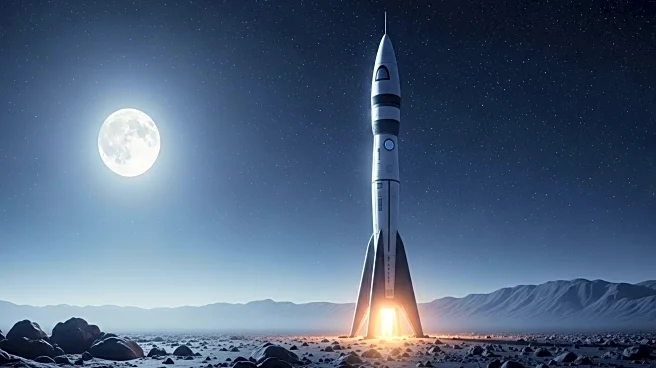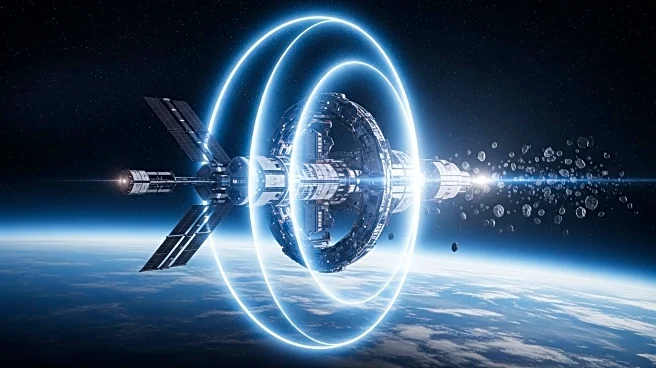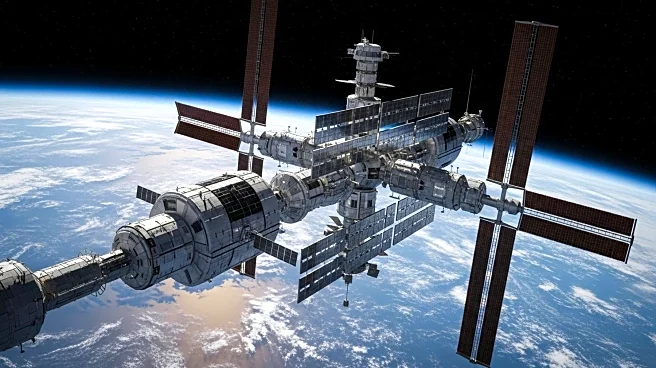What's Happening?
China is gearing up for a series of critical tests and launches in the final quarter of 2025, which are essential for its crewed moon program and commercial rocket initiatives. The China Aerospace Science and Technology Corporation (CASC) has been conducting tests for the Long March 10 rocket, including static fires and pad abort tests for the Mengzhou crew spacecraft. Additionally, China is preparing for the debut of several new rockets, such as the reusable Long March 12A and commercial rockets from companies like Landspace and Space Pioneer. These developments are part of China's broader strategy to enhance its space capabilities and achieve a crewed moon landing by the end of the decade.
Why It's Important?
China's advancements in space technology and its ambitious moon program have significant implications for global space exploration and competition. The successful development and testing of reusable rockets could position China as a leader in cost-effective space travel, potentially challenging the dominance of other space-faring nations. The progress in China's crewed moon program also underscores its commitment to establishing a human presence on the moon, which could lead to new scientific discoveries and technological innovations. Furthermore, the expansion of China's commercial space sector could stimulate economic growth and create new opportunities for international collaboration.
What's Next?
As China continues to test and develop its space technologies, the international community will be closely monitoring its progress. The upcoming tests and potential launches will be critical in determining the feasibility and timeline of China's crewed moon landing. Additionally, the success of China's commercial rocket companies could lead to increased competition in the global space launch market. Stakeholders in the space industry will need to adapt to these developments, potentially leading to new partnerships and strategic alliances.

